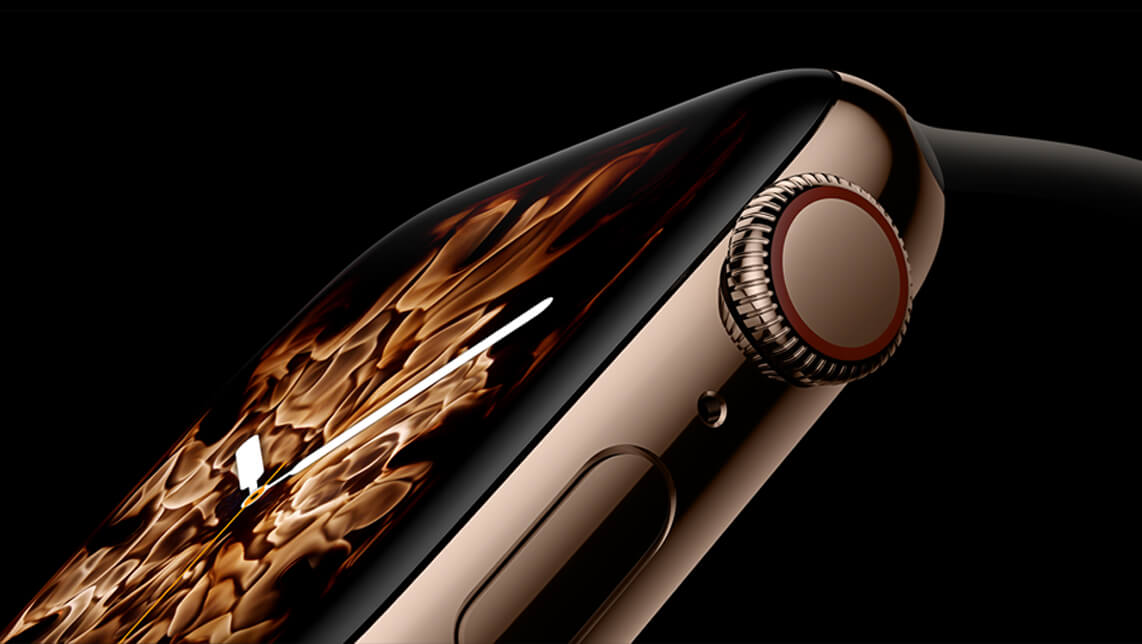The big picture: Market researchers have revealed that when it comes to smartwatches and fitness bands, they are more likely to sell if they're in the $200 to $300 and $300 to $400 price ranges. It looks like most people aren't looking for the middle ground in terms of features, so most companies have adapted their product lines accordingly. Apple dominates in the smartwatch segment, while Fitbit still has a lot more success selling fitness bands despite attempts to appeal to those who want a fitness-oriented smartwatch.
According to Canalys, North America is the most profitable market for wearables, with most companies showing strong combined growth in shipments of almost 40 percent compared to last year. The latest quarterly report shows the top five companies drove more than 83 percent of the sales, estimated at $2 billion for the second quarter of 2019.
As we've come to expect, Apple dominates the market thanks to the Apple Watch. In the three months ending in June, the company sold almost 3 million of the 4.7 million total estimated global units in North America. Apple no longer breaks out unit sales for its specific products, but we do know from the reported earnings in the "Wearables, Home, and Accessories" category that it will outpace iPad and Mac by the end of 2020.
Fitbit is holding on to its second place in the top five vendors and has shipped almost two million smartwatches and fitness bands during the second quarter. The company could have sold more, but as it turns out its Versa Lite effort didn't pan out as expected because consumers found it too limited while being priced quite close to a fully-featured smartwatch. Still, the fitness bands are selling well enough, so Fitbit was able to beat analyst estimates.
The company that aspires the most to emulate Apple's success is Samsung, who showed the strongest year over year growth in the market, pushing 121 percent more shipments compared to last year. This success can be mostly attributed to the company's focus on devices like the Galaxy Watch Active 2, which packs enough features in an attractive design and targets the $200 to $300 price segment.
Meanwhile, Wear OS devices have barely made a dent in the market but that could change with the latest crop of smartwatches from brands like Casio, Montblanc, Fossil, and Garmin. The Fossil Group shipped an estimated 300,000 units compared to the same period last year when it sold 200,000 units.
Wear OS watches can still make a comeback with notable new devices like Fossil's fifth-gen smartwatch. Canalys notes that "vendors are racing to announce LTE connectivity for their smartwatches," such as the $280 Mobvoi TicWatch Pro 4G.
Apple holds a strong position in the smartwatch segment that is unlikely to be challenged in the near future, partly thanks to a focus on health features like ECG and fall detection in the Apple Watch Series 4. Some pain will be felt by all the key players in the wearables market when the 10 percent import tariffs come into effect this fall.
